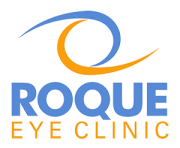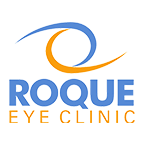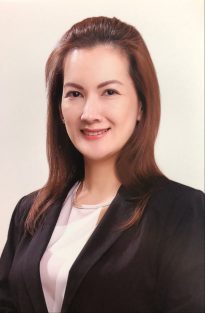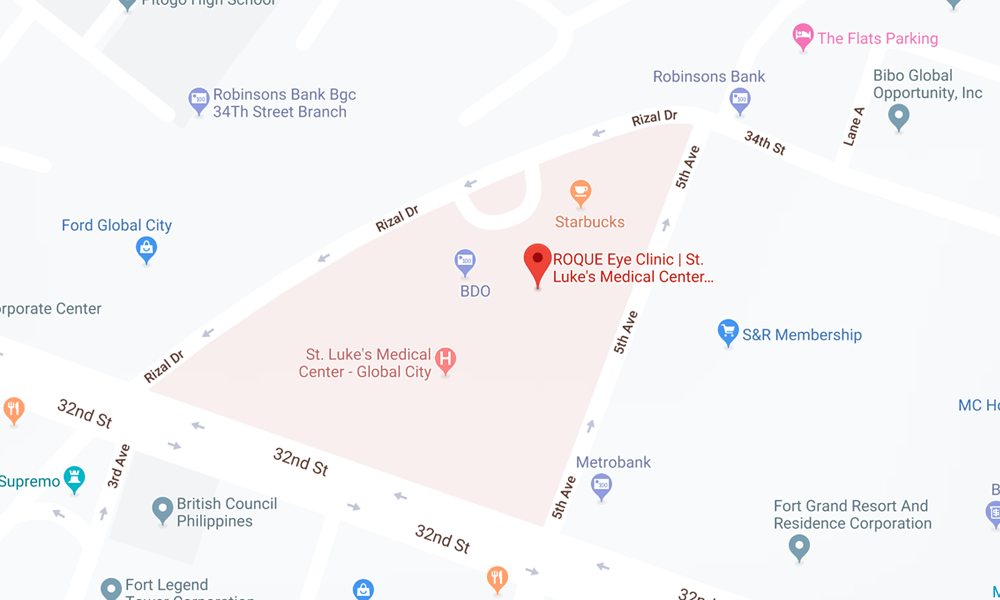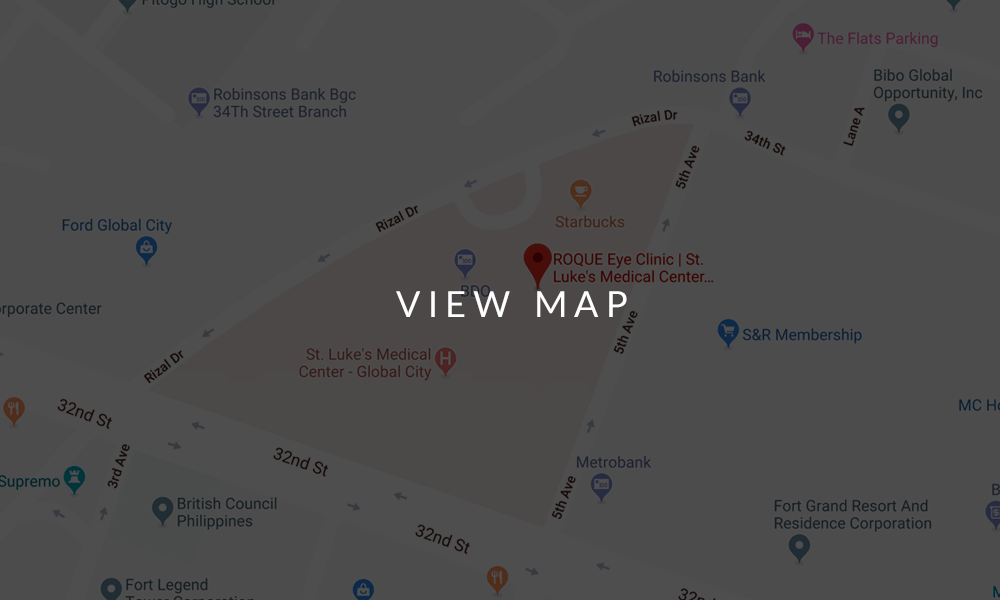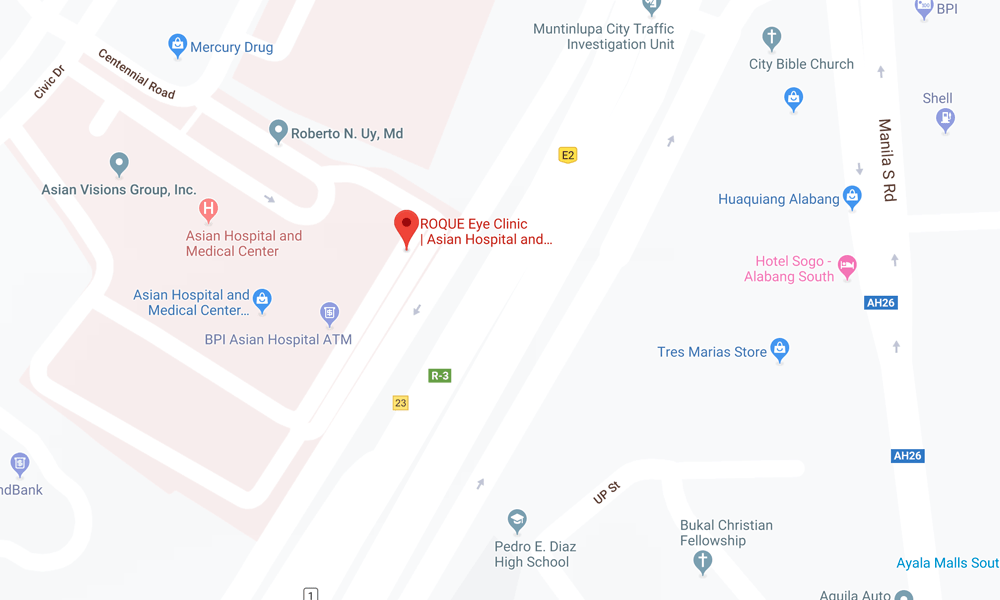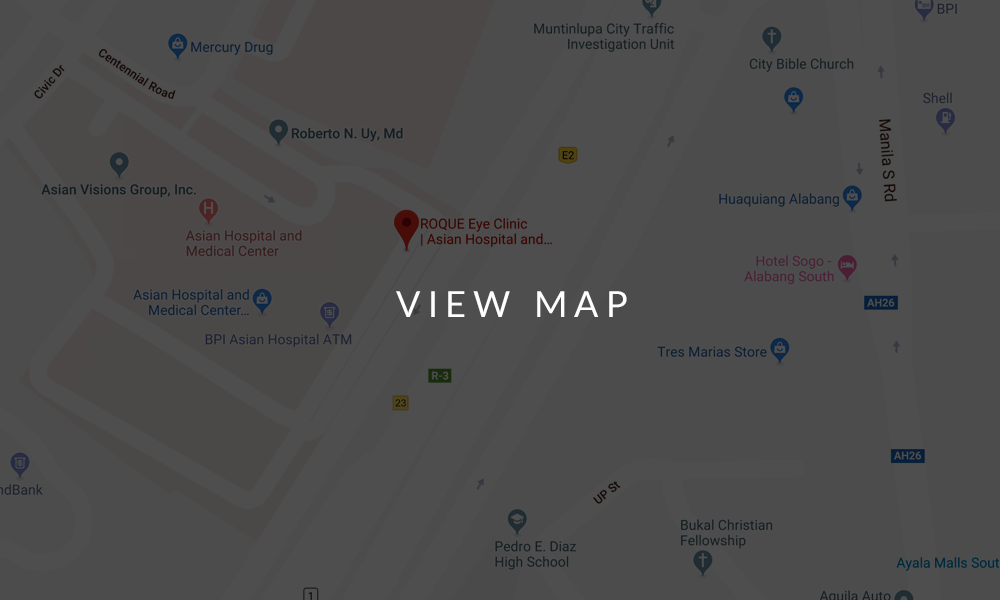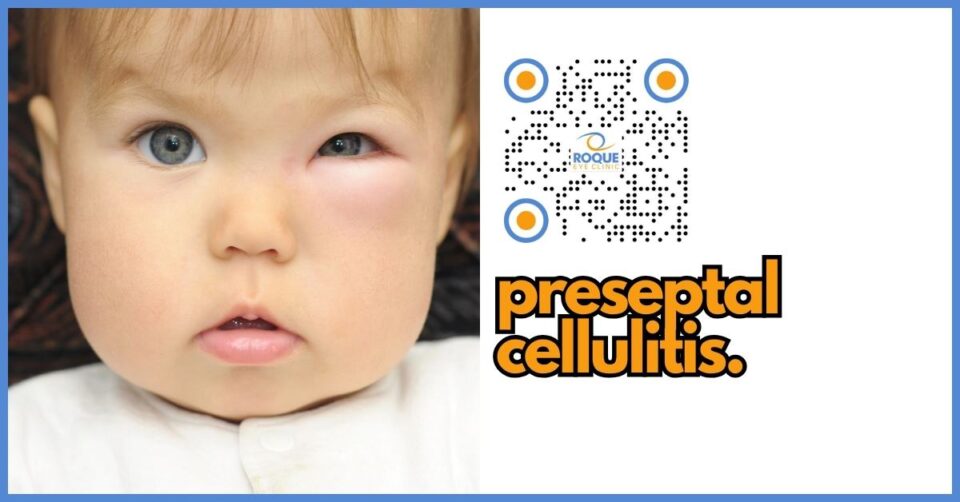Dyslexia FAQs
“Developmental dyslexia” is a difficulty in reading in children and adults, at the level that would be expected with their home background, educational opportunities, motivation, and intelligence.
Children with this condition, despite being above normal intelligence, may have had difficulties with writing letters and recognizing words since beginning school. They may show poor concentration in the classroom, disruptive behaviour, untidy writing, poor spelling, and they may have fallen significantly behind in reading by the time they are seven or eight. Dyslexia is a very difficult problem for the child, parents, and teachers alike. Since children with dyslexia often have normal or superior intelligence, the teachers and parents often consult an ophthalmologist to look to visual defects that may result to poor reading. The truth is that there is no evidence supporting a relationship between visual disabilities and reading problems.
Studies have consistently shown that normal readers and patients with dyslexia have similar incidences of visual defects. Children with learning disabilities have the same incidence of ocular abnormalities as children who are normal achievers and are reading at grade level. The treatment of visual problems, when present, may lead to some improvement in the reading ability of the child with developmental dyslexia but it is extremely unlikely to lead to a cure.
Even though the majority of children with dyslexia will have normal ophthalmologic examinations, they should have a complete eye examination, including dilating drops for a cycloplegic refraction. Convergence insufficiency and hypermetropia are conditions that may interfere with reading and lead to near fatigue and asthenopia, yet are not easily detected by routine screening examinations performed in school.
The defect in developmental dyslexia lies within the brain and its processing of visual stimuli. The misunderstanding as to the nature of this condition has led to many myths as to its etiology and to controversial therapies.
To summarize, the following are the key features of developmental dyslexia:
- It is due to a linguistic defect and not to a visual problem
- It is not related to intelligence
- Boys and girls are equally affected
- Persist into adulthood, but most children are able to be taught to read accurately even though they tend to read more slowly and not automatically
- Early diagnosis and remedial intervention is the only scientifically proven therapy
- Therapies not based on a linguistic process remain controversial
The treatment of developmental dyslexia entails a multidisciplinary approach. The following professionals will work as a team in dealing with this condition:
- Ophthalmologist corrects any ocular problem that could interfere with reading
- Educational psychologist confirms the diagnosis and assesses the child’s reading ability
- Pediatrician/general practitioner manages any physical problem
- Remedial teacher provides the therapy
The role of the ophthalmologist is to address any eye problem. The consultation is generally time-consuming because a series of specific ophthalmologic examination shall be performed. A great amount of time shall be spent on explanation of the role of the eyes in reading and developmental dyslexia, and discussion of controversial and non-controversial therapies.
The following are the specific ophthalmological examination that will be undertaken in the clinic:
- Visual acuity at distance and near
- Assess child’s ability to read age appropriate print
- Orthoptic assessment
- Slit lamp examination
- Cycloplegic refraction
- Ophthalmoscopy
The eye examination in most children will be normal. If problems are detected relating to ocular muscle imbalance, weakness of convergence or accommodation, or a significant refractive error, these need to be corrected.
Early diagnosis of developmental dyslexia based on a comprehensive evaluation by a skilled educational psychologist will allow the child with developmental dyslexia to gain the maximum benefit from remedial intervention. The diagnosis of developmental dyslexia is reached through an extensive evaluation that involves not only assessment of reading ability, but also assessment of intelligence. Prior to embarking on a remedial program, there is also a need to exclude any sensory deficit involving vision and hearing. The pediatric ophthalmologist will address all the eye-related problems such as visual impairment, refractive errors, abnormal eye movements, and convergence insufficiency. Glasses and eye muscle exercises shall be provided if necessary. A referral to an ENT specialist is advisable to rule out any hearing impairment.
The only form of therapy for developmental dyslexia that has been consistently shown to have results is remediation. To learn to read, all children must discover that spoken words can be broken down into units of sound, phonemes. Children with dyslexia do not easily acquire the basic phonologic skills that serve as a prerequisite to reading. In these children phoneme awareness is taught with systemic and highly structured training exercises.
Parents of children with developmental dyslexia are often on the lookout for any form of therapy that will “cure” or “correct” the problem quickly. The use of these controversial therapiesresults in unwarranted expense and often misplaces resources when they could be better used for reading education and tutors.
A treatment approach can be considered controversial if the approach is proposed to the public before any research is available or preliminary research has bot been replicated; the proposed approach goes beyond what research data support; or the approach is used in isolation when a multimodal approach is needed.
- Vision training: Vision training was popularized by behavioural optometrists, based on the premise that reading is primarily a visual task. It is proposed to change specific visual function, such as convergence, accommodation, ocular motility, and the range and quality of binocular function. It involves eye muscle exercises, ocular pursuit and tracking exercises. Evidence does not support the claim that vision training improves reading. Although ophthalmologists and behavioural optometrists disagree on the value of vision training, there is agreement that if a child has developmental dyslexia, it is critical to rule out the presence of any refractive errors, problems with convergence and accommodation, and strabismus and to treat these appropriately.
- Applied kinesiology: This form of chiropractic treatment for developmental dyslexia is not based on any known research.
- Anti-motion sickness medication: There is no evidence to support that giving anti-motion sickness medication to treat vestibular dysfunction in children with learning disabilities.
- Syntonics: Syntonics, or color vision therapy, has been used to treat several conditions including myopia, strabismus, amblyopia, headache, visual fatigue, reading problems, and general binocular dysfunction. The published data do not provide convincing support for the claims of therapeutic successes for reading disability with the use of syntonics.
- Tinted lenses: No evidence supports the therapeutic benefit of using tinted lenses in developmental dyslexia.
- Megavitamins and omega oils: No research to support the usefulness of megavitamins and omega oils in developmental dyslexia.
- Trace elements: No research to support the usefulness of megavitamins and omega oils in developmental dyslexia.
- Psycho stimulants: Methylpenidate (Ritalin) and Dexamphetamine (Dexedrine) have been reported as helping children with developmental dyslexia. These medications improve symptoms of attention deficit disorder (ADD) that may coexist with developmental dyslexia, and make the child more compliant in the classroom. The improvement in concentration improves the ability to respond to instruction and teaching. They do not have any direct effect on developmental dyslexia.
BOOK AN APPOINTMENT
It takes less than 5 minutes to complete your online booking. Alternatively, you may call our BGC Clinic, or our Alabang Clinic for assistance.
OUR PEDIATRIC OPHTHALMOLOGIST
DR. BARBARA ROQUE
MD, DPBO, FPAO, FPCS
Dr. Barbara Roque is a specialist in pediatric ophthalmology, adult strabismus, and ophthalmic genetics. Her private practice began in 2006, after her post-graduate fellowship training at The Children’s Hospital in Westmead, University of Sydney System, Australia. Her patients are mostly children with ocular disease, refractive errors, cataracts, and eye misalignment.
OUR CLINICS
BGC CLINIC
- ST. LUKE'S MEDICAL CENTER GLOBAL CITY
2/F Medical Arts Building 217
Rizal Drive corner 5th Avenue
Bonifacio Global City, Taguig 1634
Philippines
SLMC CLINIC HOURS
- 9am - 12pm
Appointments only
ALABANG CLINIC
- ASIAN HOSPITAL AND MEDICAL CENTER
5/F Medical Office Building 509
2205 Civic Drive, Filinvest City
Alabang, Muntinlupa 1781
Philippines
AHMC CLINIC HOURS
- 1pm - 4pm
Appointments only
BOOK AN APPOINTMENT
It takes less than 5 minutes to complete your online booking. Alternatively, you may call our BGC Clinic, or our Alabang Clinic for assistance.
